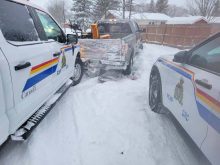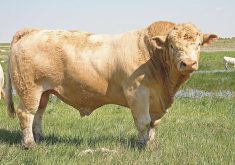Drinking and irrigation water is a precious resource. But if you don’t know how to properly maintain a well, you may be risking contamination.
Many Albertans have old wells they don’t know what to do with, or they don’t know how to properly maintain their existing wells, water expert Ken Williamson told a recent Milk River Watershed Council Canada workshop.
“A properly constructed and maintained water well is one of a landowner’s most important investments,” said Williamson.
Read Also

Grazing ‘sweet spot’ boosts pasture performance
Timing-focused approach to pasture management touted to boost forage growth, livestock gains while also cutting farmer labour and inputs
The workshop outlined some of the construction, siting and maintenance issues for a water well. For instance, Alberta legislation requires minimum setbacks between water wells and contamination sources such as livestock pens, septic systems, manure piles and chemical and fuel storage. Shallow wells and wells located in gravelly or sandy soils are at higher risk of contamination and may need greater setback distances or special protective measures.
The ground around a water well should be mounded and landscaped to ensure that surface water does not run towards and pool around the outer casing of the well. In the past, well pits were installed to provide a frost free location for the pressure system. Provincial regulations now prohibit the construction of wells pits, as they increase the risk of contamination to groundwater and can be a deadly safety hazard. A licensed water well contractor should be hired to upgrade a well in a pit.
Water well drilling reports are important and licensed water well contractors are required to submit them to Alberta Environment. The report includes important information that will help well owners manage and protect their wells. If a landowner is accessing a single aquifer source, water production in gallons a minute might increase but it also puts groundwater at higher risk. A single aquifer completion eliminates intermixing of water-bearing formations with different water qualities and prevents aquifer depletion.
Regardless of the well source, regular water sampling is recommended. A standard coliform bacteria test should be done twice a year, and more often if the well is deeper than 50 feet. A routine chemical test is recommended every two years.
A reputable driller should be contracted for a new well, said Jeff Gutsell of Alberta Environment. The landowner should also know what features to ask for. For example, make sure the drilling contractor does a full pump test and calculates a recommended pumping rate for your new well.
“It is also a good idea to have the drilling contractor plug any old or unused wells while he is on your property,” said Gutsell. “Surface water draining down through old wells can contaminate the aquifer tapped by your new well.”














